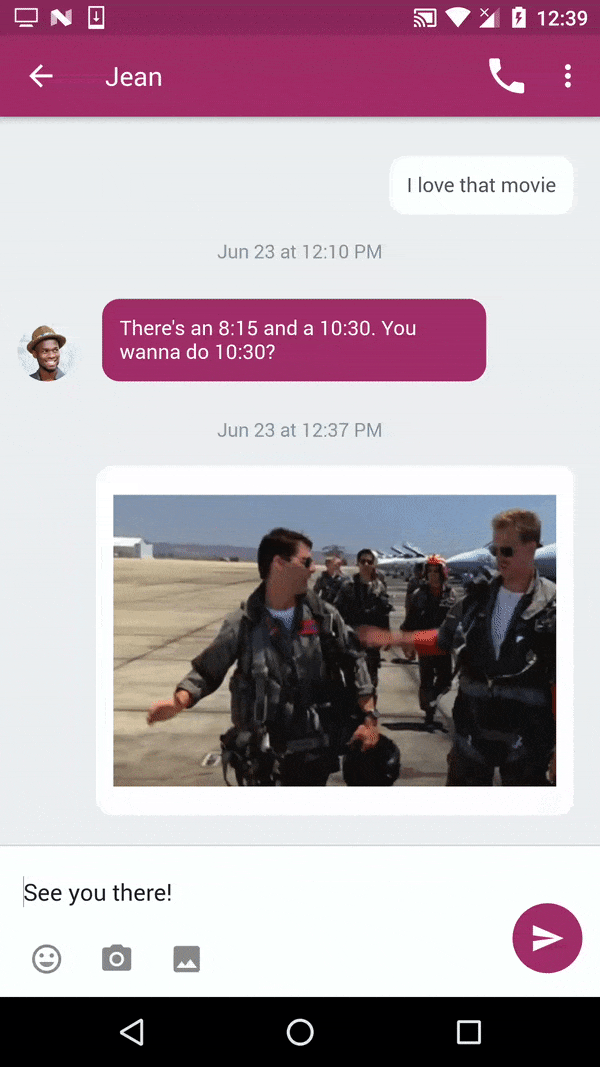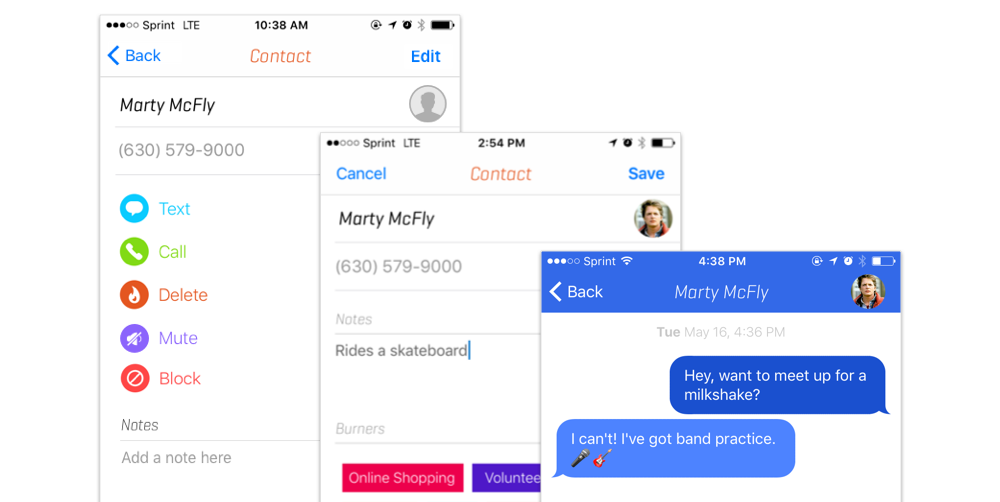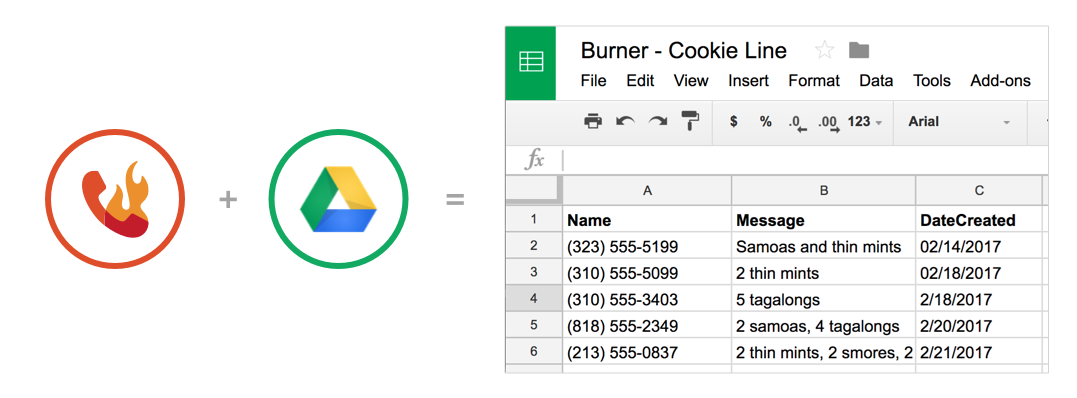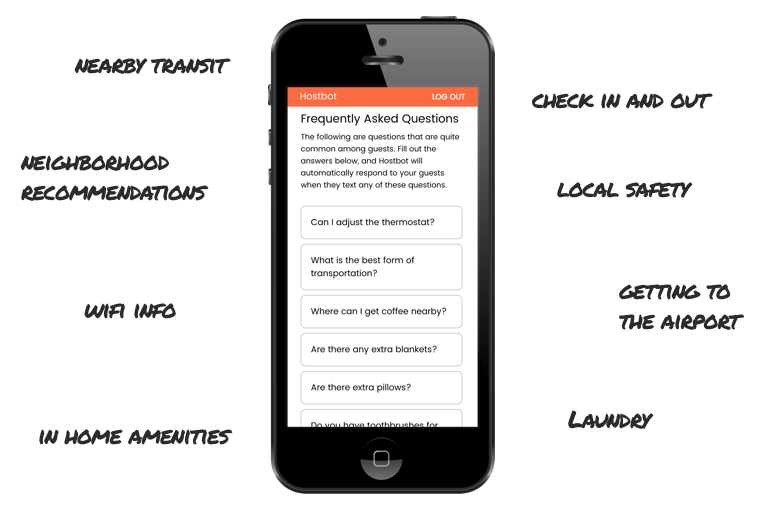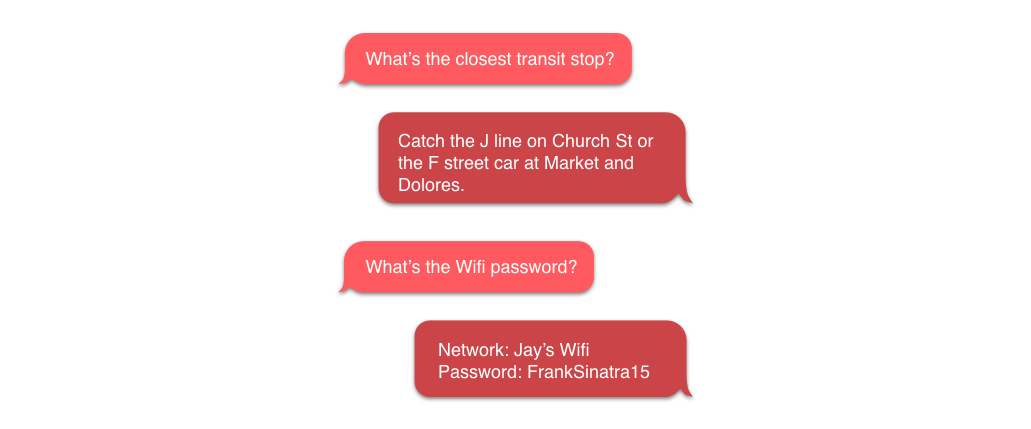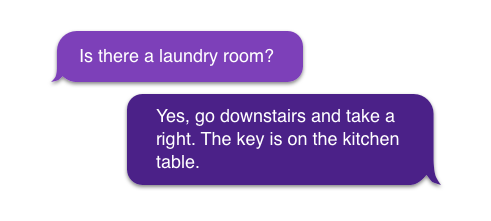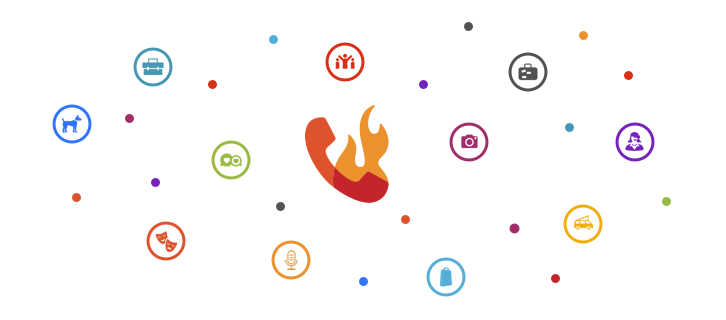Transcript of Katie’s Interview
Matt: Hi everyone! I'm here talking to Katie Smith, a residential designer who runs her own business, The Design Smith. She also does interior design work and creates blueprints and plans for new homes. Welcome Katie, how are you doing today?
Katie: I'm good, how are you?
Matt: Great! So before we get started, I'd love to hear a bit about your background. How did you become an interior designer?
Katie: I stumbled upon it when I was going through school, taking basic classes for General Ed. And I ended up taking a design class that was really a lot of fun, and I had never considered it as a career choice. The more classes that I took, the more that I realized I really loved doing design and was surprised I could do something that fun as a career choice!
So I majored in it in college. I did some independent study work on eco-friendly design and more green interiors, so I have a little background in that. From that point on, every place that I worked, I gained a little more knowledge in this or that...so I also became a certified kitchen designer and a certified bath designer. And it snowballed and turned into what it is.
Matt: So what's it like working for yourself as opposed to a larger firm? Do you work with clients every day and do you work with other teams and architects?
Katie: I've done both. When I first started out, I worked at firms or with other designers. That's interesting because with their experience you gain so much insight and knowledge into how things are done. That experience is invaluable. But a lot of times when you put several creative people together there are definitely creative differences. So I enjoy working for myself now that I have the background and knowledge to move forward with larger design projects on my own.
So I do like working for myself. And now that I'm a mother, it's great to be able to work from home and take care of my kids, and do work. So I don't see clients every day, but that's by choice. It works really well.
Matt: So since you're working remotely, working from home, apart from using CAD what other technology do you rely on to communicate with people?
Katie: I use my CAD programs for design. I use Pinterest a lot to convey ideas back and forth. Obviously we use email and video chatting. And then I love my Burner app, I use that every day with them.
Matt: Some people might say that in a world powered by email and chat apps, like Messenger and Slack, that phone-to-phone communication isn't as important anymore. Based on your experience, how would you respond to that?
Katie: I do use text more frequently than I actually use voice calls. Emails are nice when I have more information to convey or attachments. But for the most part I use texts and text photos back and forth. That seems to be my primary method of communication.
Matt: What advanced features do you use in Burner, if any?
Katie: I use the Dropbox feature to save voicemails and to save photos that are texted by my clients. And then I also use the Google function that you can save the texts.
Matt: Yeah
Katie: I'm sorry! I don't know what it's called off the top of my head. But that's super useful. In the past, when I was just using my regular phone number, I really wished I could have saved texts or had some sort of way to archive them for business purposes—and there is no way. And so when I found that you could do that with the Burner app it was fantastic.
Matt: We just call it the Google Drive Connection that allows you to save contacts and text messages to Sheets. So what does that look like, your workflow with the Dropbox Connection and the Google Drive Connection. Once you get the voicemails and the photos or the text messages, what do you do with them afterwards?
Katie: For the most part, I don't necessarily have to go back to them to reference them all the time. But in a business like mine where people are making decisions...there's a lot of money involved and there are a lot of decisions being made. So if somebody makes a decision and forgets about, it is invaluable to be able to go back and have something in writing that says, this is what we decided on.
Or sometimes they just forget. I haven't remodeled my house—hopefully some day!—but when you're doing an entire house sometimes they just forget. And it is great to be able to have that to go back and reference. But on a daily basis I wouldn't say that I access it all the time. It's more like a security blanket.
Matt: Yeah, peace of mind, absolutely. So you use Burner to keep your personal and your work life separate. Do you ever use Burner for personal stuff?
Katie: Right now it's just my second line for work. Before I got married I tried running my own business, and having my clients call my cell phone at all hours and not necessarily being able to tell who was calling really was disruptive. So when I decided to do my own business I promised my family that I would take every step to keep it to Monday to Friday, 8 to 5, and keep it separate from our personal lives. So it has been perfect for that.
And now that my kids are getting older and making phone calls, I can see how it would be really helpful. We don't have a land line, and they're not quite old enough to have their own phone, so I can see how it would be an inexpensive for them to have their own phone number that they can use to keep it separate from my information.
Matt: And to protect them.
Katie: Yeah, definitely.
Matt: As a freelancer, do you have any recommendations for other creative professionals who are doing what you're doing—to start their own business, to work with clients in that way?
Katie: I think that the most important thing—and I also learned it from other individuals in my field that work on their own—was to set clear, divisive boundaries between your work and your personal life. Including setting your own schedule and abiding by it.
I let my clients know that if there is an emergency, if there's something that's super important, I'm not going to ignore you call. Just let me know. But outside of that, those are my family hours. So I would recommend, to be successful, that you also preserve that time for yourself and your family.
And for me, being able to have a separate phone number and not carry two phones with me was an amazing way to do that. So that's been fantastic.
I also do the same thing in my house—I have a separate area where I work and that's all that happens there. Working from home, it can kind of get a little tricky sometimes. You'll want to work on your bed, or out in the living room. It sort of works well to compartmentalize it and to have those boundaries and say, this is what this is for and at this time it's over.
My first time around I didn't do very well with that, the second time around I was much more successful.
Matt: Well thank you Katie, it was great to hear about your experiences, that was great.


